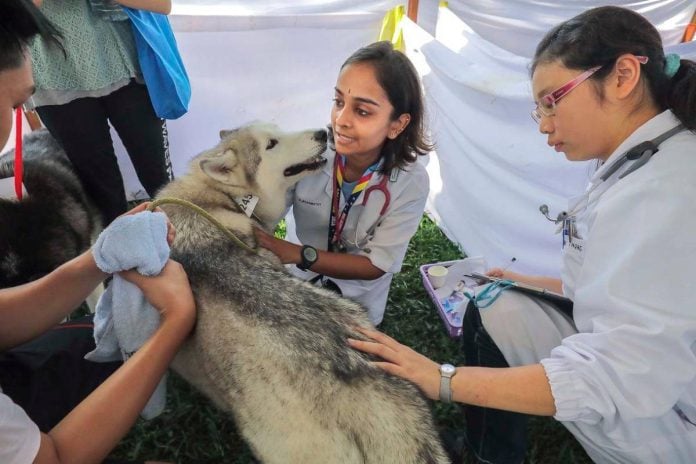PETALING JAYA: Stray cats and dogs may one day swap back alleys for hospital corridors if Malaysia embraces animal-assisted therapy (AAT), said Persatuan Haiwan Terbiar Malaysia president Kalaivanan Ravichandran.
He urged the Health Ministry to treat AAT as a serious complementary option for physical and mental health.
He proposed starting small with pilot projects in hospitals and rehabilitation centres, working alongside NGOs and certified therapy-animal handlers.
“The goal is not to replace medical care, but to enrich it with the emotional and psychological benefits that animals naturally bring,” he said, adding that these pilots could be studied by the ministry before expanding AAT into physiotherapy, mental-health support and elder-care rehabilitation.
However, Kalaivanan said for hospitals and NGOs to buy in, the government must first set rules.
“Formal recognition from the Health Ministry is essential. We need guidelines on animal welfare, handler training and hygiene. Policies that support certification and professional training of therapy teams, both human and animal, would make AAT credible and sustainable.”
He said universities and research institutes should also step up to gather local data, adding that clinical studies that track stress levels, recovery times and patient wellbeing could make a strong case to policymakers and funders.
“Research could also examine how therapy animals impact different groups, such as children with autism, stroke patients or seniors in elder care. Solid local evidence is what turns AAT from a ‘feel-good’ concept into an evidence-based intervention,” said Kalaivanan.
He believes the benefits could even extend behind prison walls.
“AAT calms inmates, reduces stress and teaches empathy and responsibility. With NGO partnerships, it could give them new skills and a better shot at rebuilding their lives. Other countries are already seeing results and there is no reason Malaysia cannot as well.”
He called for action on three fronts, namely government endorsement, funding and guidelines; openness from medical professionals to collaborate with NGOs; and a shift in public perception.
“Community awareness is key. AAT only works when people see animals as partners in healing,” he said.
One of the association’s boldest ideas is to involve strays in the process.
“This is very close to our heart. Stray animals, when given care, training and love, could become excellent therapy companions. They are often resilient and gentle by nature,” said Kalaivanan.
“Rehabilitating strays into therapy animals solves two issues at once, namely animal homelessness and the need for compassionate health interventions. It is a beautiful, practical solution.”
He emphasised that animals should not be seen merely as mouths to feed or problems to manage.
“They could be healers, teachers and companions. At the association, we believe every stray deserves dignity and purpose. If we open our hearts to them, they could open doors to better mental health, stronger communities and a kinder Malaysia.
“Let us heal together, humans and animals, side by side.”







